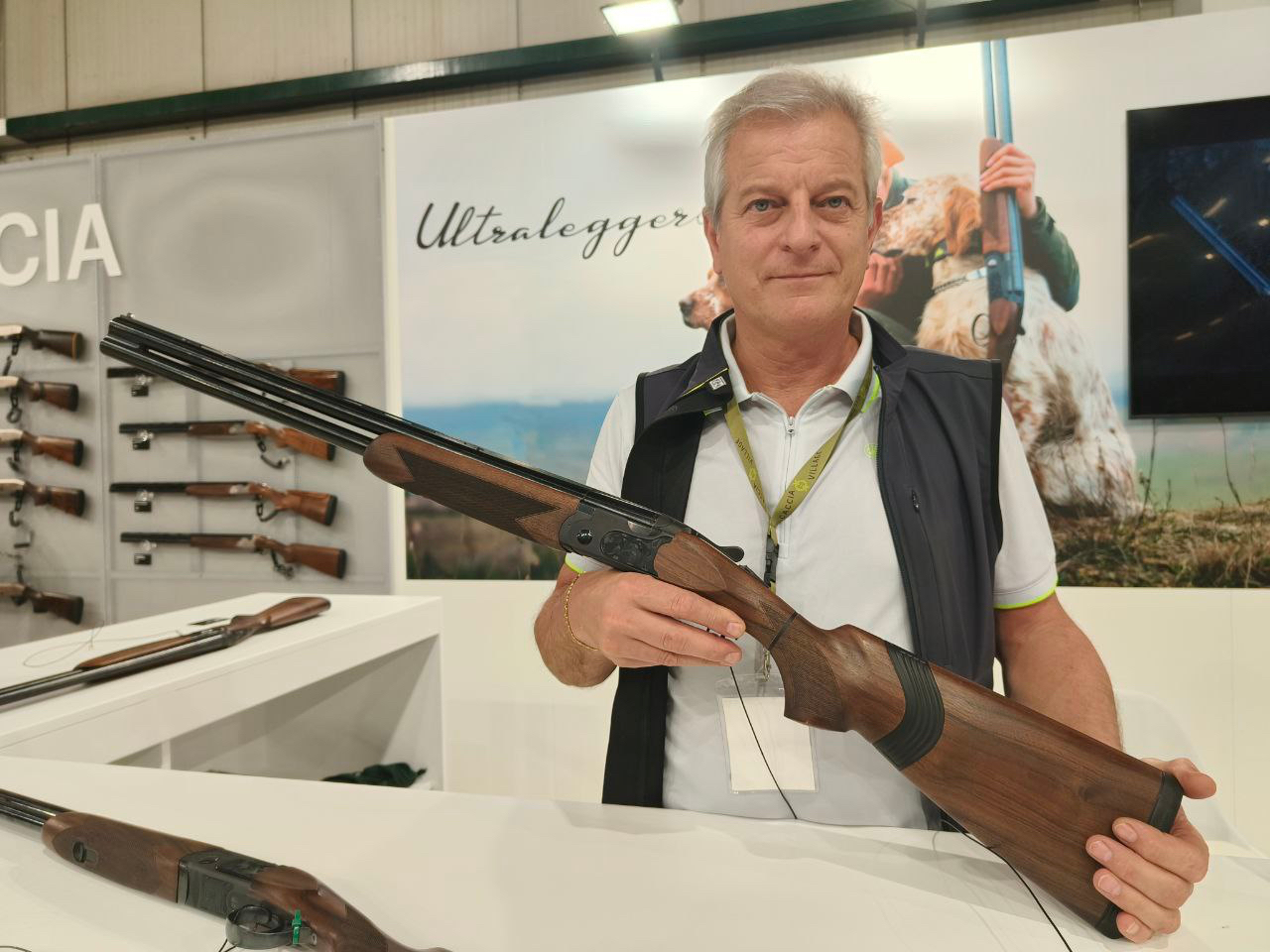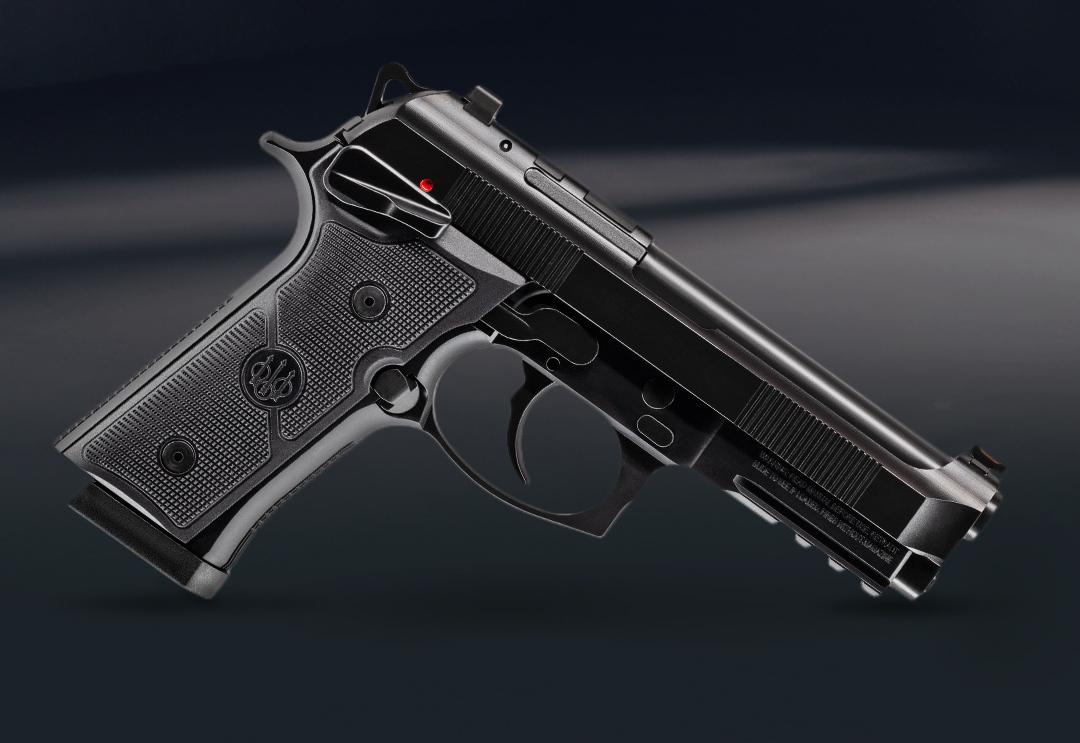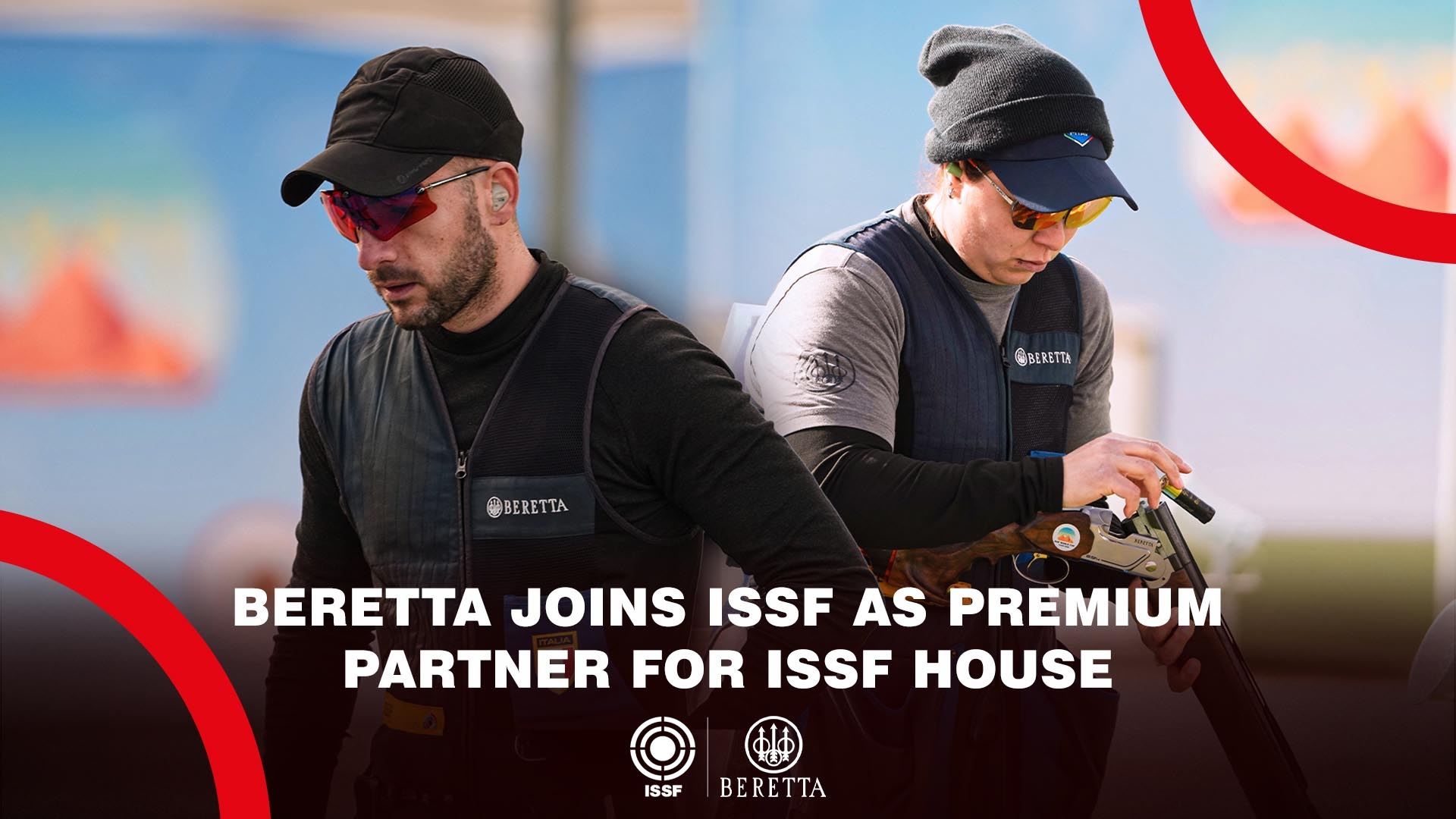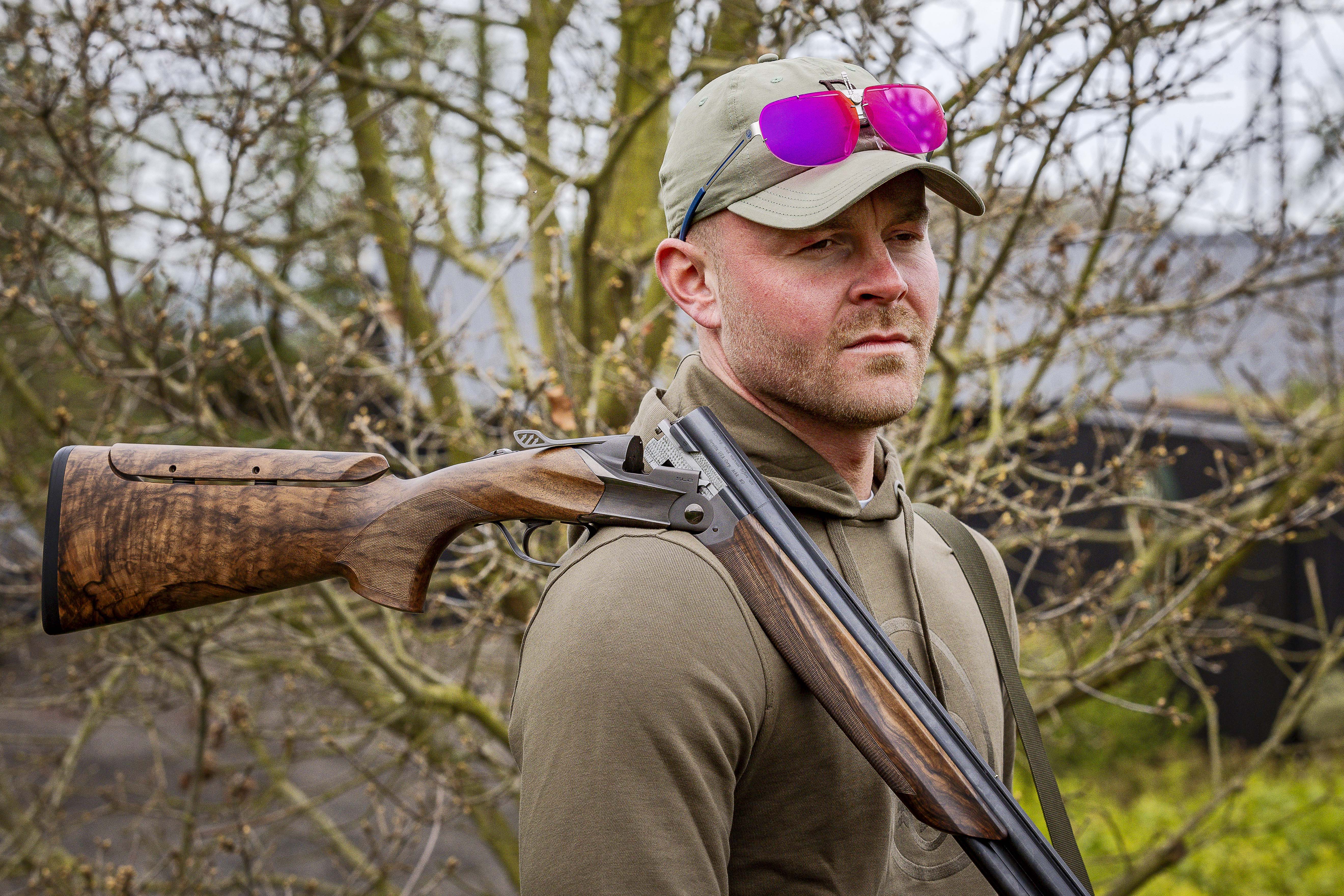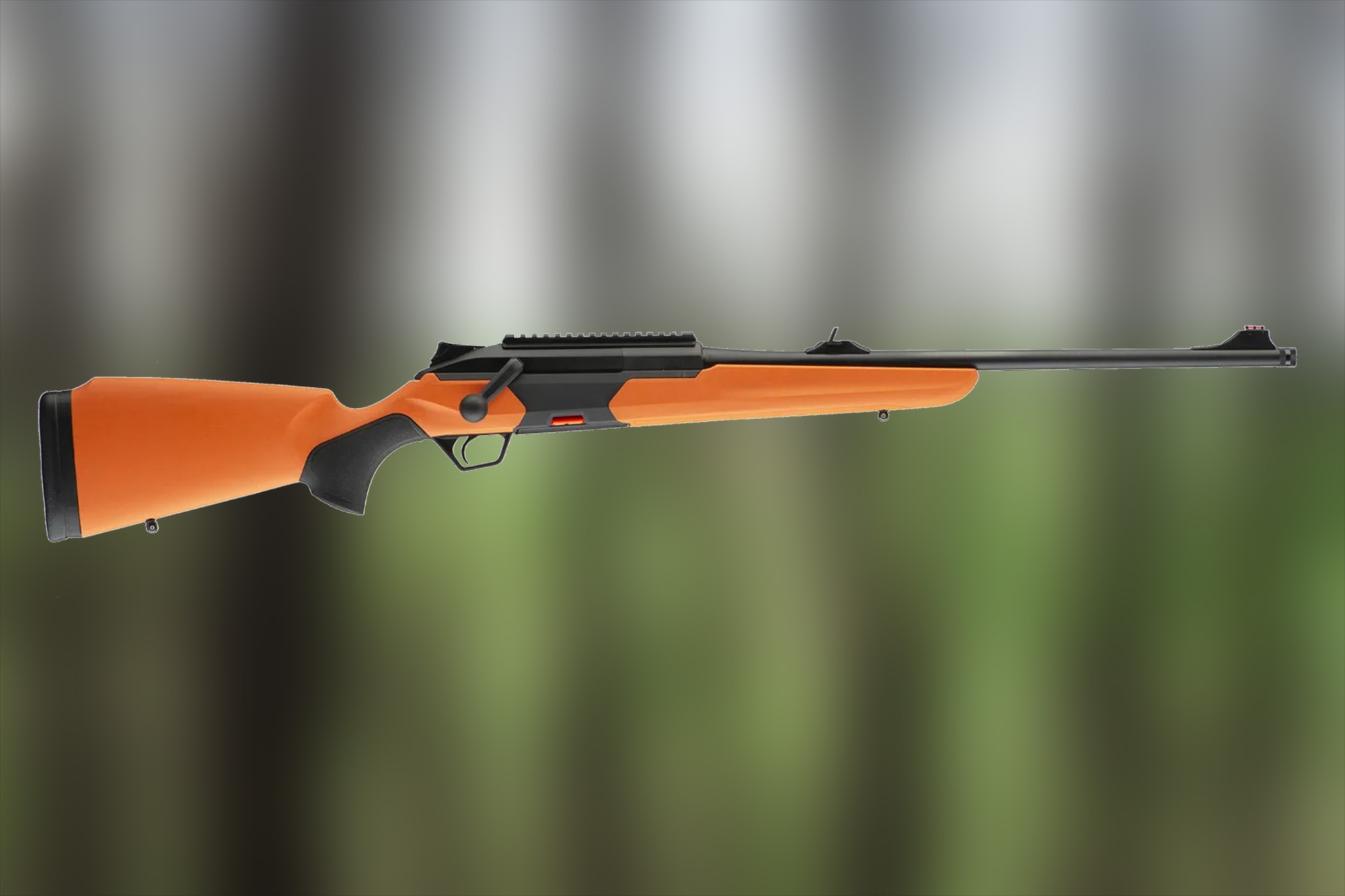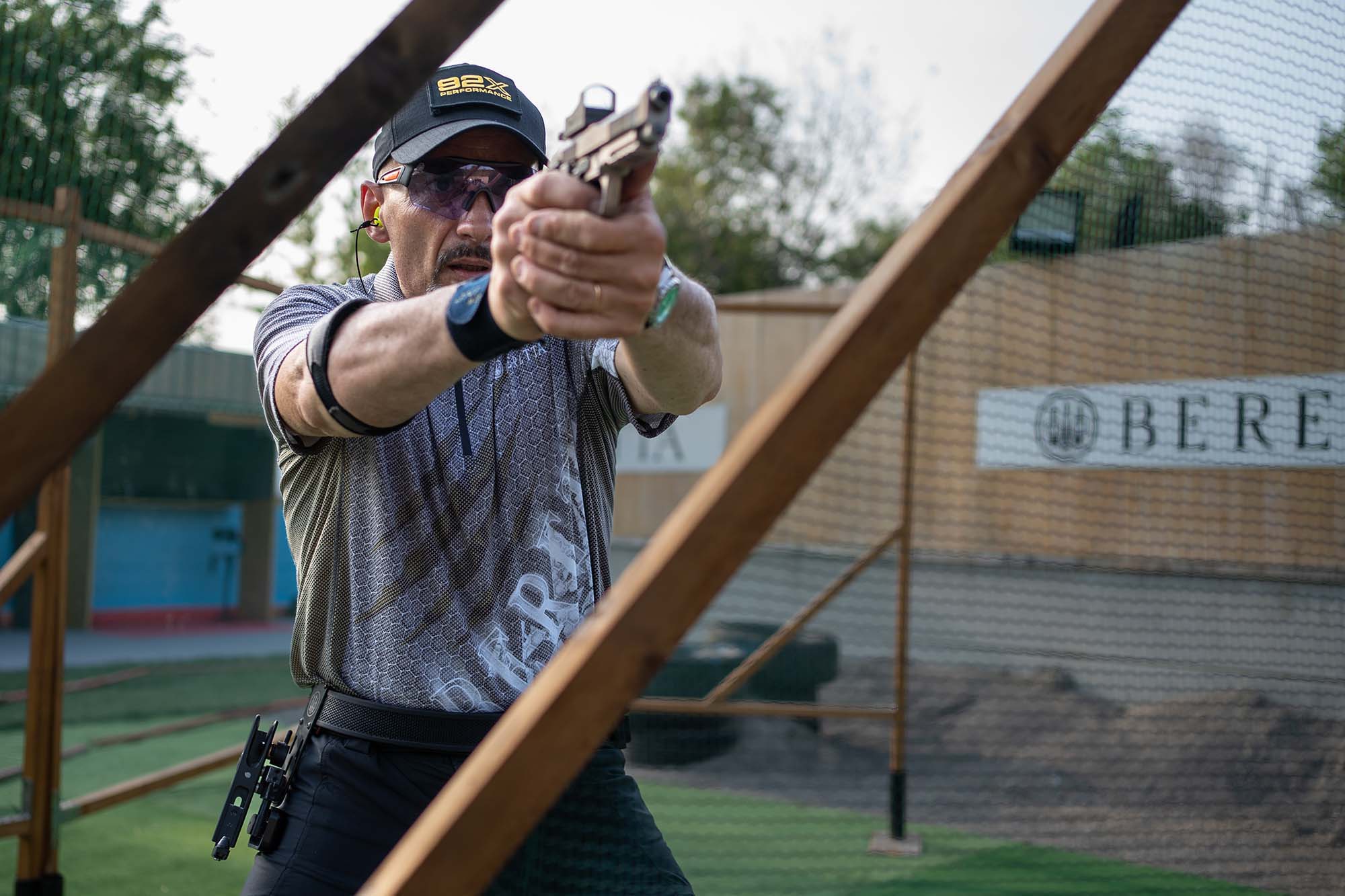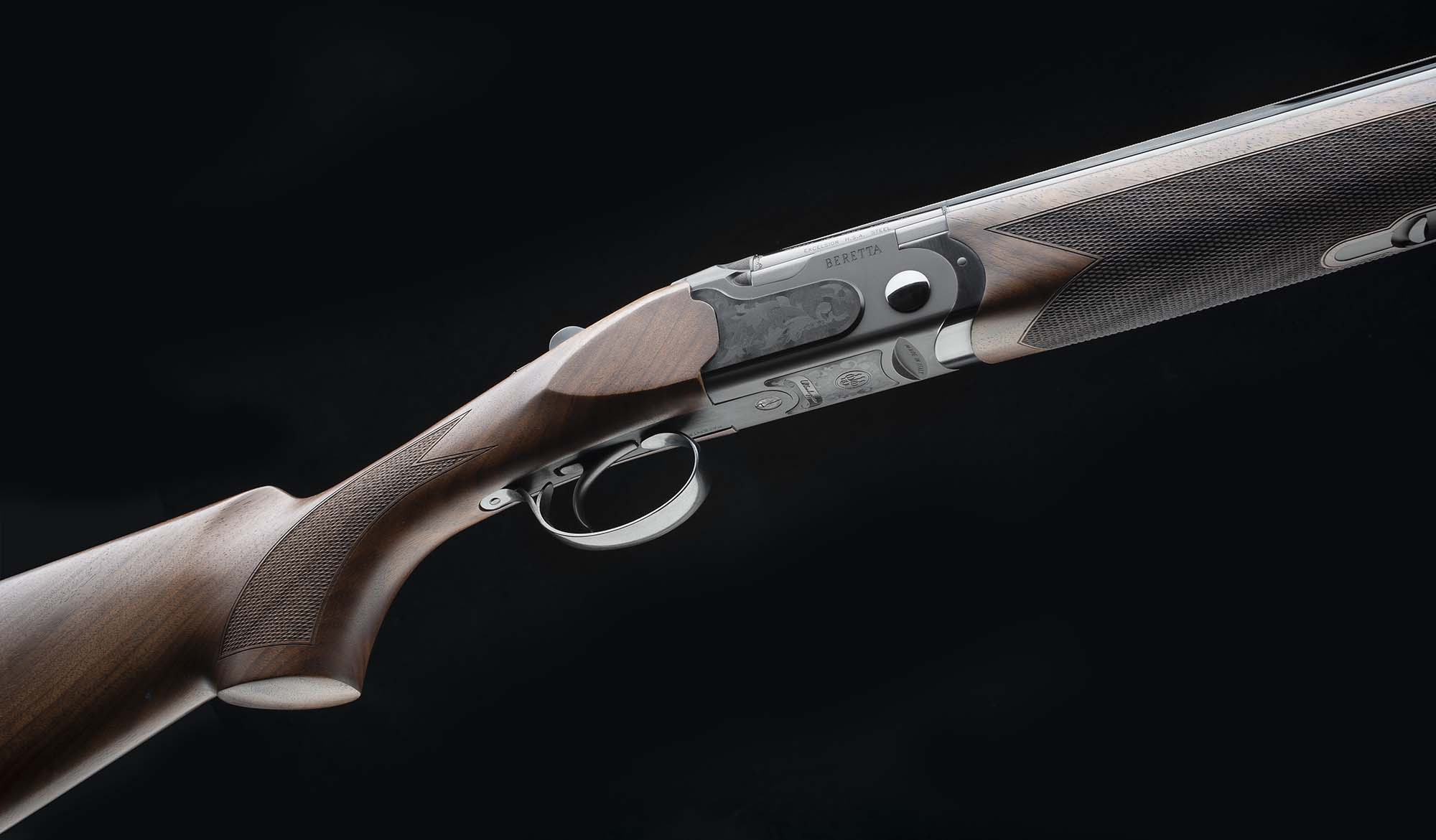Many shooters trust in the quality and reliability of Beretta over-and-under shotguns. For many of us the Beretta SL2 is a dream gun that we might get to hold at the gun store but maybe not to shoot due to price. Even the Beretta DT11 is beyond the budget of many hobby shooters and amateur competitors. With that in mind I decided to take a look at the DT11 compared to Beretta’s more affordable 694 competition gun in the video below.
Video by Paul Bradley: Beretta models DT11, SL2 compared to the more affordable Beretta 694 model
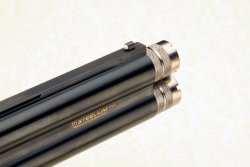
The SL2, DT11 and 694 utilise Beretta’s Steelium barrel technology. I have heard this regarded as marketing hype by some. As a regular shooter of both the DT11 and 694 I can confirm it is not hype and this is solidly backed up by extensive testing undertaken at Beretta within the ballistics department. The idea behind Beretta’s Steelium technology is to machine an extended forcing cone with dimensions ideally suited to generate a lighter feeling recoil and the best possible shot pattern. I have used many shotguns over the years ranging from budget through to wildly expensive game guns and I can confirm the recoil impulse on the DT11 is greatly reduced. Of course this is in part due to its weight (my X-trap 30” tipping the scales at over 4 kilos).
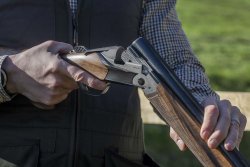
But I have shot other heavy trap guns (an Italian brand beginning with P springs to mind) and I do concede that the DT11 has a lighter recoil impulse. People may wonder – How can a gun of similar weight, running the same cartridge, at the same pressure, generate less recoil? Well the pressure and overall energy doesn’t change. But the pressure curve does. A short pressure curve, which peaks rapidly and drops away just as rapidly will feel like a sharp punch. But you can stretch that pressure curve to have a slower ramp up and a plateau of pressure over time which takes a lot of the “snap” out of it. More like a friendly shove! Of course, you get what you pay for. The ultimate in Steelium technology is in the new Beretta SL2 with a Steelium Pro X barrel (I have yet to try one). Then we have the DT11 with Steelium Pro and finally the 694 with Steelium plus.
Is the Beretta 694 as mild on recoil as a DT11 or SL2?
Well the 694 is a lighter gun. I have the 694 pro with the TSK stock. It is around 300 grams lighter overall which of course means more felt recoil. People often forget that a lighter gun will almost always produce more felt recoil than a heavier counterpart. If you were to punch a tennis ball vs a weighted medicine ball the latter would move far less (and probably hurt ones hand!). One can delve deeply into why this occurs through Newton’s first and second laws of motion but suffice to say the heavier the object, the more energy required to get it moving…
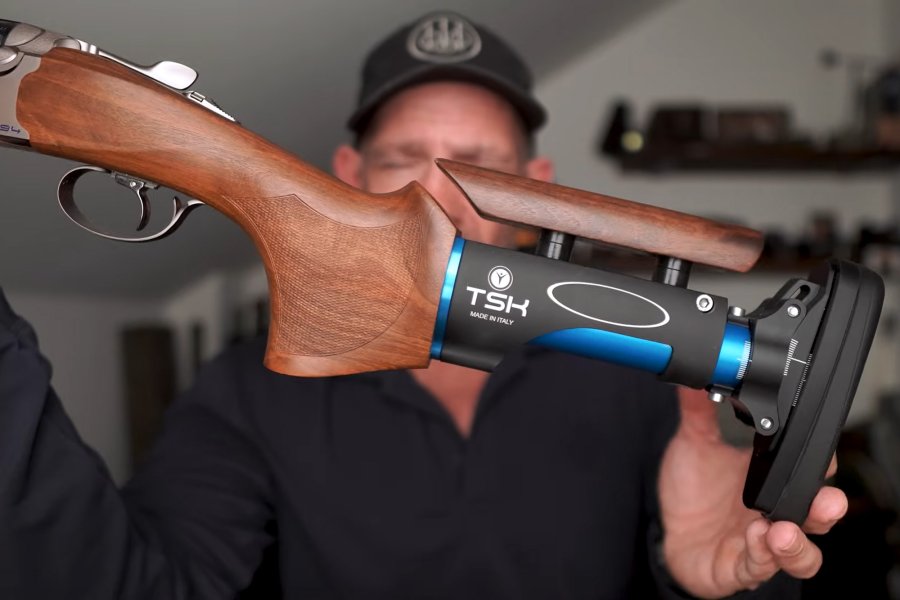
When compared to many guns of a similar weight the Beretta 694 also exhibits a notably lighter recoil impulse when using the same load. Other manufacturers have of course utilised very similar technology but I believe Beretta would say they have perfected it and I am not inclined to disagree. It still baffles me when I see people start to shoot who have a lighter frame (often females). They are usually told to buy “the lightest gun they can find”. Personally I believe this to be bad advice. My suggestion is they should use the heaviest gun they can comfortably and competently wield. A very light gun will kick them to the point they may develop pre shot flinch or even pack up shooting altogether due to the unpleasant and constant jolt. Even for larger framed folk – like myself – there is a lot to be said for lighter recoil producing better follow up shots and less wear physically and mentally during a long competition day. I would urge those who can afford it to try a Beretta DT11 for its softer shooting alone but I can also promise they will not be disappointed with the 694.
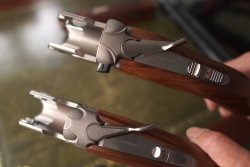
One must also consider the feel and aesthetic of the gun. The DT11 is notably thicker around the midsection (rather like many of us in our middle age). For some this is pleasing and it really does come down to personal preference here. A beefy gun with plenty of weight in the midsection really suits my needs for trap disciplines. I like a steady, predictable swing, which is vital in trap to maintain the timing. For sporting and game, I prefer a lighter gun, which I can point a little faster and change direction if I need to. This may say more about my lack of planning when taking a sporting shot on a sim pair! I am by no means the worlds greatest shooter when it comes to 12g but I have my personal preferences. For this reason I like to use a DT11 for trap disciplines only and the 694 for skeet, sporting and rough shooting. We must also consider the overall weight when it comes to our chosen shooting pastime. For many, the lighter Beretta 694 will be preferable if they need to tote it round a sporting layout. There is always a balancing act of pros and cons to consider.
Both the Beretta DT11 and Beretta 694 can be purchased in the “B-Fast” variant
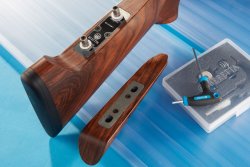
Which means they are able to have weight added at the butt end and to the barrel. In essence, this means one could buy the 694 and add weight for trap shooting when required. The two guns balance centrally without weight added which leaves it up to you whether you prefer a neutral, rear heavy or front heavy gun. Again, that boils down to your personal shooting style. The 694 lacks the overbuilt beefy midsection of the DT11 but, do not be fooled! Both guns offer extreme reliability. They are built to take a lifetimes worth of cartridges from pro shooters. Mere mortals like us are unlikely to ever see an issue with either. The slightly sleeker Beretta 694 might find favour for that reason alone, that some people prefer less bulk on their gun or they simply like the aesthetic. We must always remember that people buy guns for looks as well as function. Beretta have a reputation for beautiful guns and although these lack any ornate engraving, I find them both pleasing to the eye.
Beretta shotguns: of course we arrive to the last and probably the largest consideration for most people – budget
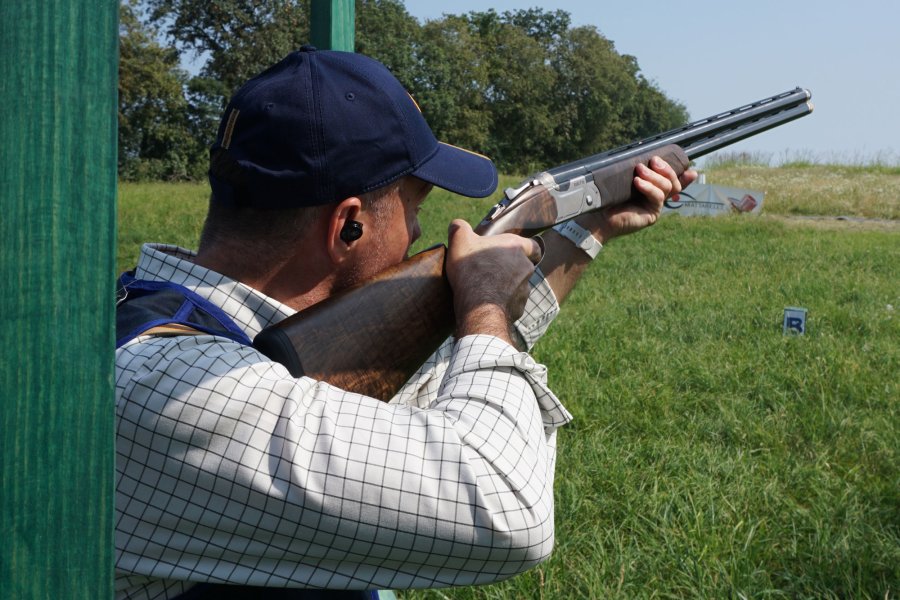
The Beretta DT11 sits at around the 10k (GBP) price point brand new. The 694 is half the price at around 5k. There is some variance dependant on model and specification (Trap, Skeet, Sporting, ACS, Adjustable, Pro). This will mean a clear choice for those who are only considering a brand new model. There is of course another option: the second hand shotgun market is a great way to make a saving and as both of these guns are built so robustly and have spare parts readily available this is not a bad option. You can find a good DT11 at around the 5-6k range, which puts it right at the price point of a new 694. You can find the 694 at around the 3k price range, which effectively puts it within the budget of the vast majority of sporting clay shooters. I would urge anyone considering these guns to go and try them. You will likely meet people at your club who have them and will let you have a go. That way you know you are making an informed decision. Whichever one you go for (or you buy both like me), I know you will be very happy and the owner of a gun that is ready to last a lifetime and well beyond.
About the author:
Paul Bradley from UK is a ballistic expert and experienced pro shooter. He is working as Regional Sales and Portfolio Director for the Beretta Holding Company Hexagon, a Global Ammunition Provider, located in Budapest.



